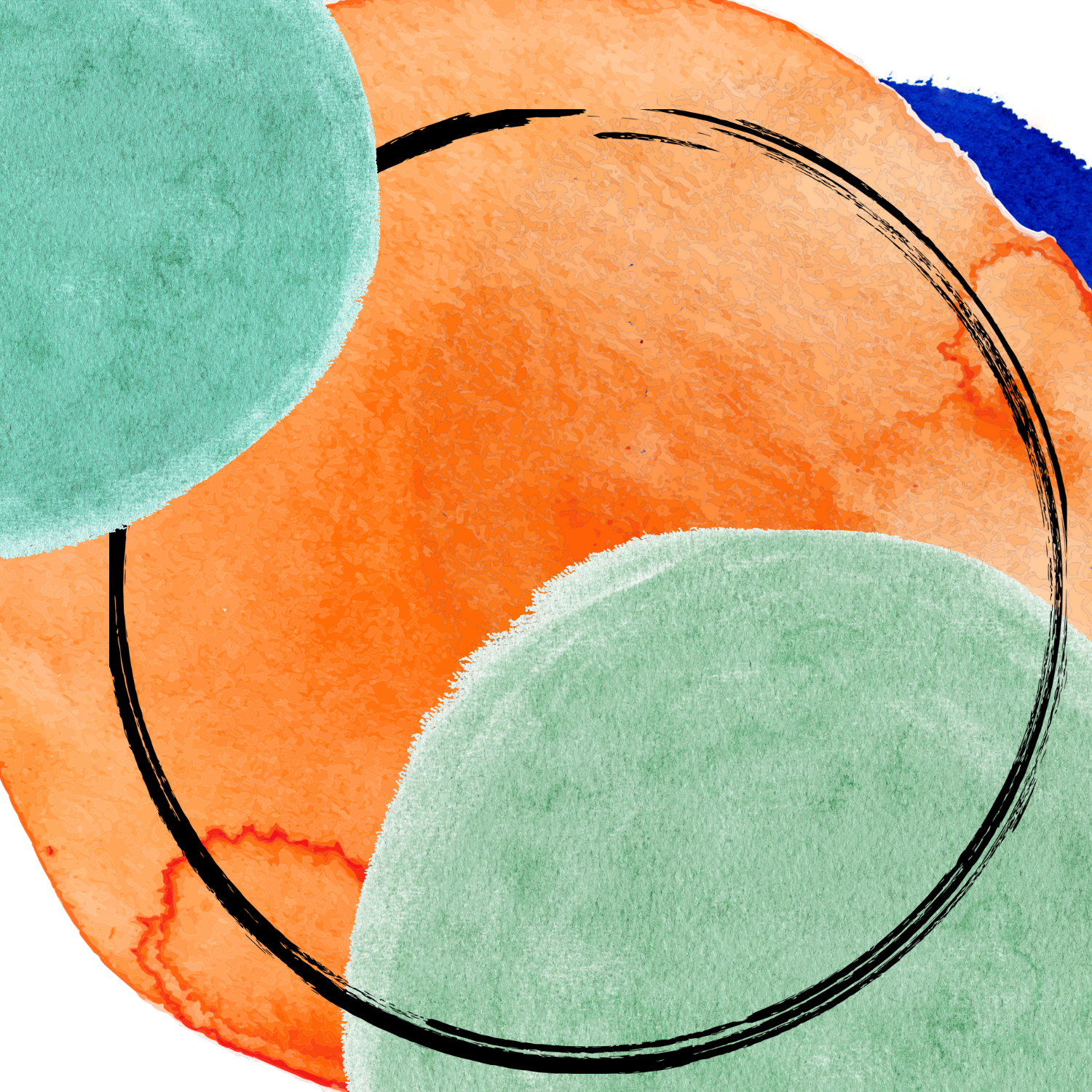
Essex CJC programs operate with Restorative Justice principles and philosophies
 CRIME IS A VIOLATION OF PEOPLE AND RELATIONSHIPS.
CRIME IS A VIOLATION OF PEOPLE AND RELATIONSHIPS.
While crime is a violation of law – an act against the state – our primary concern is the physical, emotional, and social impact crime has on people and relationships.
Crime harms and affects people – victims, family members, community members, offenders, and others – damages relationships, and disrupts peace in the community.
 VIOLATIONS CREATE OBLIGATIONS.
VIOLATIONS CREATE OBLIGATIONS.
Each situation is complex and creates obligations to repair harm and to put things as right as possible, as defined by all parties.
Offenders have a responsibility for their actions – to gain insight into how their actions have affected others, to make amends, and to learn ways to avoid future re-offense.
The community has a responsibility to its members, including supporting victims’ needs and offenders’ responsibility to make amends for the harm they have caused.
 RESTORATIVE JUSTICE ENGAGES VICTIMS, RESPONSIBLE PARTIES, AND COMMUNITY MEMBERS – ALL THOSE AFFECTED BY THE CRIME – IN AN EFFORT TO PUT THINGS RIGHT.
RESTORATIVE JUSTICE ENGAGES VICTIMS, RESPONSIBLE PARTIES, AND COMMUNITY MEMBERS – ALL THOSE AFFECTED BY THE CRIME – IN AN EFFORT TO PUT THINGS RIGHT.
All parties – those affected, those whose actions affected them, and the community – are provided meaningful opportunities to participate, shape the process, and make decisions.
Those involved are in the best position to know what it means to put things right in their particular situation.
Victims determine their level of participation in any restorative process.
Victims have the opportunity to talk about the crime from their perspective, identify how their needs may be best met to make things as right as possible for them, and plan for a safe environment.
Putting things right includes follow-through and satisfaction with the outcome.
(Collaboratively developed by the Community Justice Network of VT and VT Association of Court Diversion Programs, June, 2012.)
Learn More About Restorative Justice
Check out this 3 minute video on why we need Restorative Justice, or explore our brief sampling of resources below.
